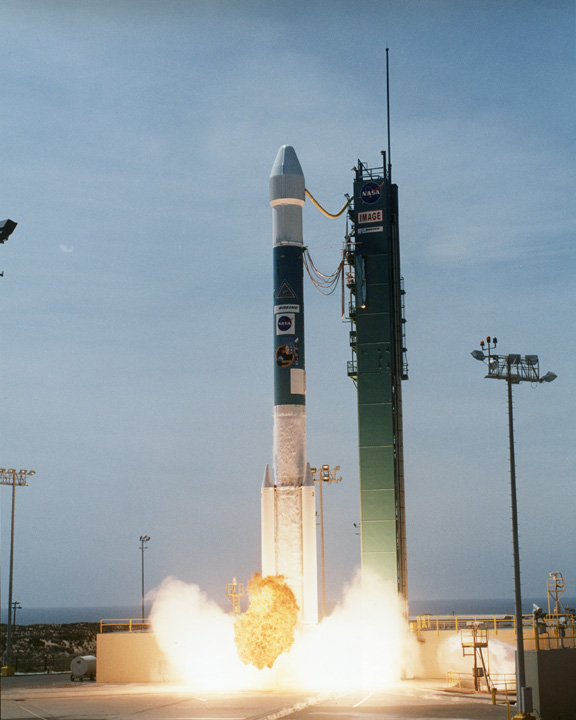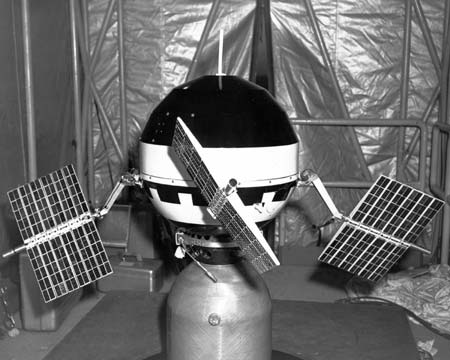Fifty years ago today — April 1, 1960 — TIROS-1 (Television and InfraRed Observation Satellite 1) was launched on a Thor rocket from Cape Canaveral.

(First television image sent back by TIROS-1. NASA image.)
TIROS-1 was the first weather satellite, and transmitted the first television images of the Earth from space. It only operated until the middle of June 1960, but during that time it sent back thousands of images and proved the feasibility of global weather observation from space.
In related non-news, TIROS-1 was mentioned by President Kennedy in his “we choose to go to the moon” speech at Rice University in September 1962. And many years later, yours truly wrote TIROS-1 into a much less important speech for one of his bosses in the Pentagon.
















